André Dunoyer de Segonzac at the Valentine Gallery
The French artist, André Dunoyer de Segonzac (1884—1974), made his debut in the U.S. in 1913 when he loaned five paintings and a small collection of drawings to the Armory Show. Chicago-based attorney and modern art collector, Arthur Jerome Eddy, traveled to New York to see the exhibition soon after it opened in mid-February. On March 1st, he bought two of the four thickly-painted landscapes that Segonzac had sent from Paris. He later gave these to the Flint Institute of Arts and the Art Institute of Chicago.
Une bucolique, 1913 (current location unknown) This is one of the paintings that Segonzac loaned to the Armory Show.
Association of American Painters and Sculptors (New York, N.Y.). Armory show postcard with reproduction of André Dunoyer de Segonzac's painting Une bucolique, 1913. Walt Kuhn Family papers and Armory Show records, 1859-1984. Archives of American Art, Smithsonian Institution.
John Quinn, also an attorney, modern art collector, and one of the organizers of the Armory Show, noted Eddy’s interest in the artist and, soon after, purchased three drawings from the Show for his own collection. He later met and befriended Segonzac in Paris and before his untimely death in 1924, Quinn owned three of his paintings — including a large (as yet unidentified) canvas titled Two Bathers — and around three dozen works on paper. In 1926, the highly anticipated exhibition and subsequent auction of Quinn’s groundbreaking modern art collection sparked considerable interest in Segonzac. By the following year, the artist was referred to by one art critic as “the idol of the day.”*
At the time of the Armory Show, Segonzac painted in impasto, producing surprisingly textured works such as Petite nu assis, 1911 (current location unknown). When combined with the sharp foreshortening that he often employed, his compositions bordered on abstraction.
Recognizing collectors’ interest in his work, Valentine Dudensing seized the opportunity to organize the artist’s first solo show in the U.S. In the fall of 1927, the Valentine Gallery’s season opener was Exhibition of Paintings by Dunoyer de Segonzac. The show opened on November 14, 1927 and, though originally scheduled to close after two and a half weeks, it was ultimately extended, due to its popularity, until January 1, 1928. Dudensing sold all five paintings that he had secured for the exhibition from the artist’s dealer in Paris. All were recently completed landscapes depicting the Marne river and were acquired by the leading modern art collectors of the day: Stephen C. Clark, A. Conger Goodyear, and Adolph Lewisohn, of New York; as well as Duncan Phillips of Washington, D.C.; and Ralph M. Coe of Cleveland. Four of the paintings were subsequently traded or sold by these individuals but Goodyear presented his painting, Village on the Marne, c. 1924-26, to the Albright-Knox Art Gallery, Buffalo, in 1949.
André Dunoyer de Segonzac’s popularity reached its peak in August 1928 when an exhibition in Paris at the Galerie Bernheim-Jeune reportedly attracted over 10,000 visitors in two weeks.** While Valentine Dudensing included examples of his paintings in group shows over the next few years, he never organized another solo exhibition at the Valentine Gallery. With the Depression, dealers were forced to cut back on their imports from Paris and after 1932 Dudensing never showed Segonzac’s paintings again.
* Margaret Breuning, New York Evening Post (March 12, 1927)
** "Critics Evaluate Segonzac's Art, Which Draws Throngs in Paris," Art Digest II, 19 (August 1928), 1.
Here are a few other Segonzac paintings in museum collections:
Model Dressing, 1912 - Metropolitan Museum of Art, New York
The Stable, 1914 - Centre Georges Pompidou, Paris
Nude with a Newspaper, 1921 - Tate Gallery, London
The Boatman, c. 1922 - Detroit Institute of Arts
Nôtre Dame de Paris, 1913 - Columbus Museum of Art, Ohio
Copyright © 2021 Julia May Boddewyn


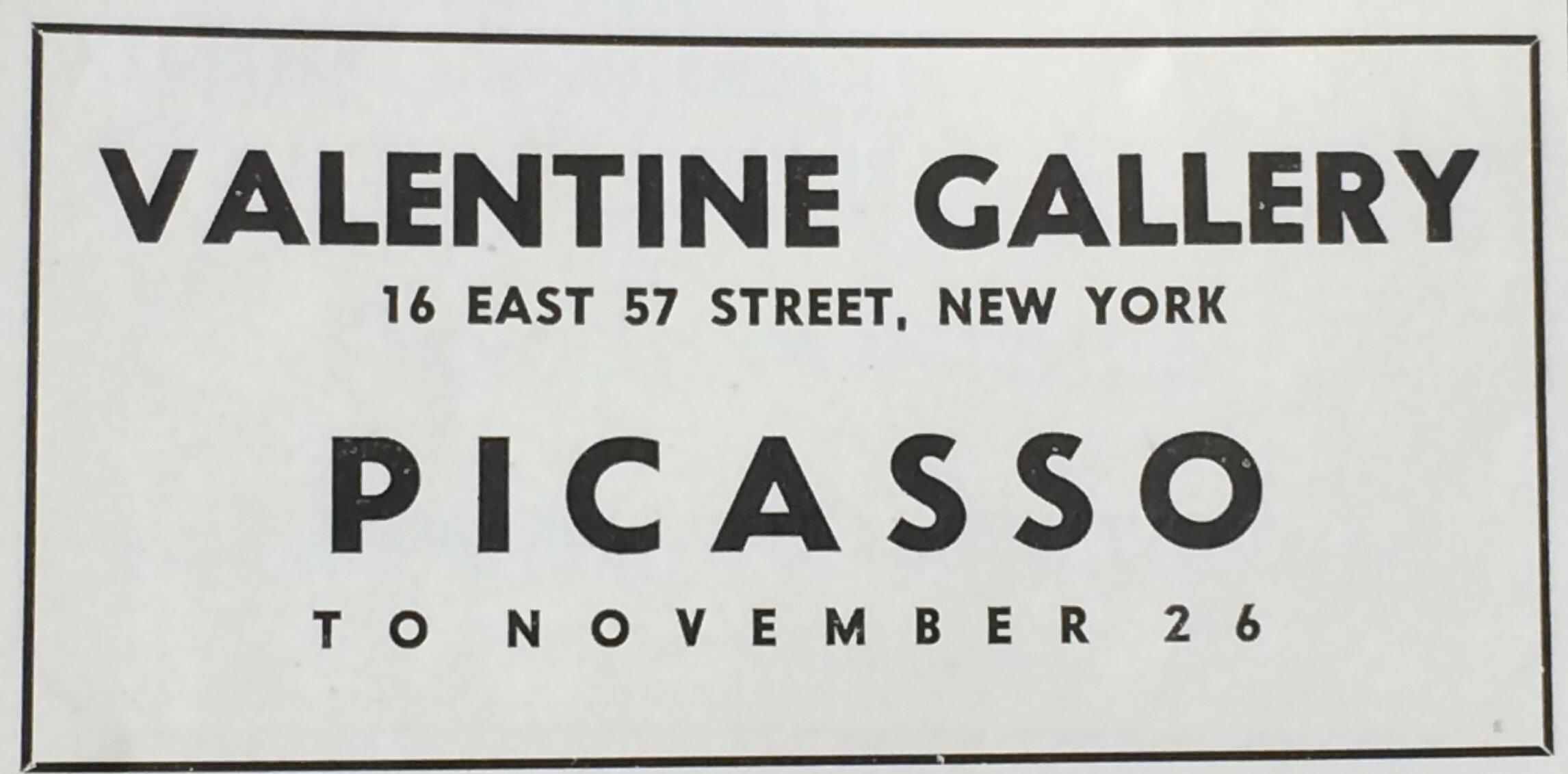





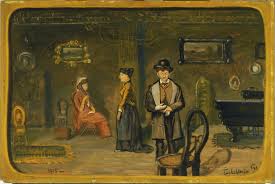

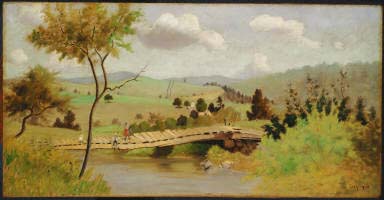








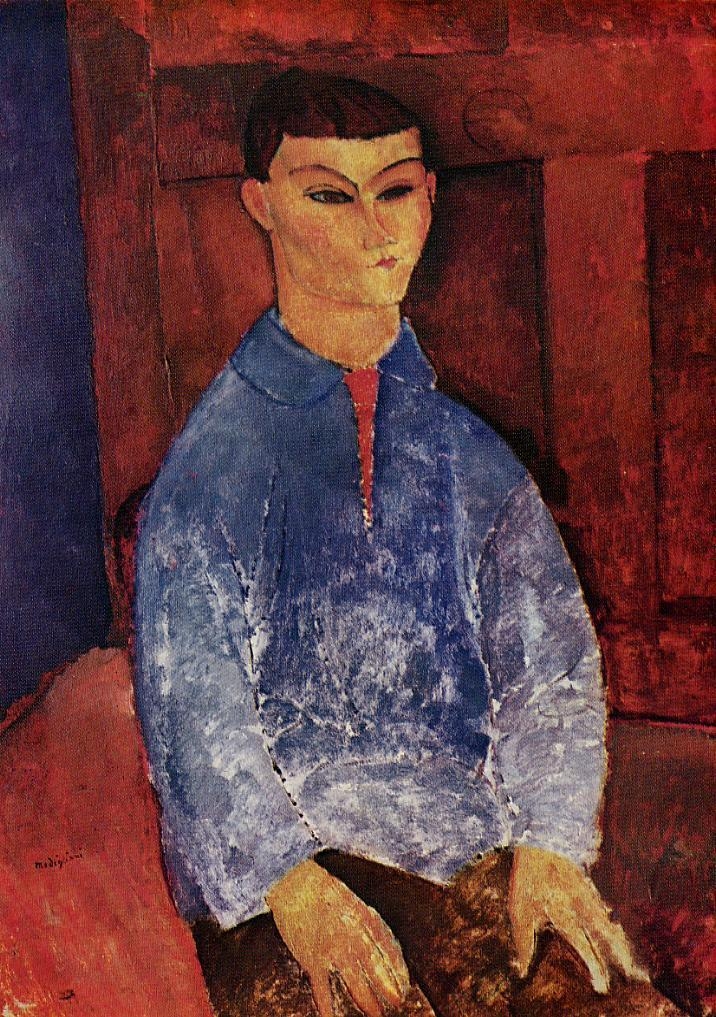
![3) Mademoiselle R. (sic) [Raimondo]](https://images.squarespace-cdn.com/content/v1/57d5b817ebbd1a582b533034/1625767810561-EWJFFROOQVOPZHBYCW4K/Screen%2BShot%2B2021-07-08%2Bat%2B2.08.36%2BPM.jpg)

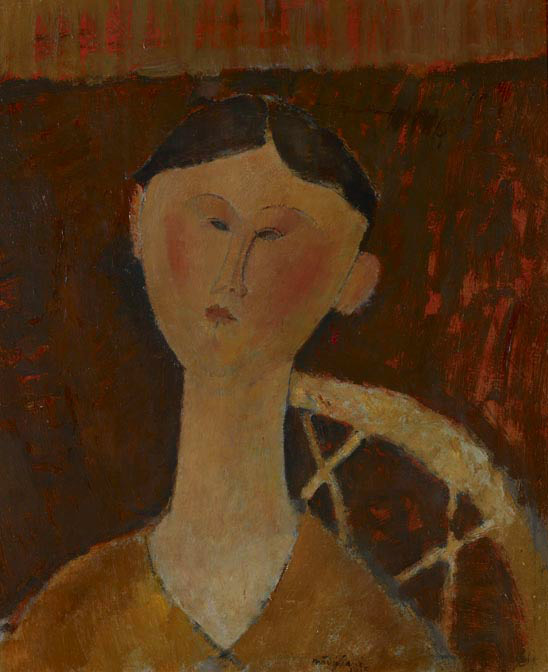

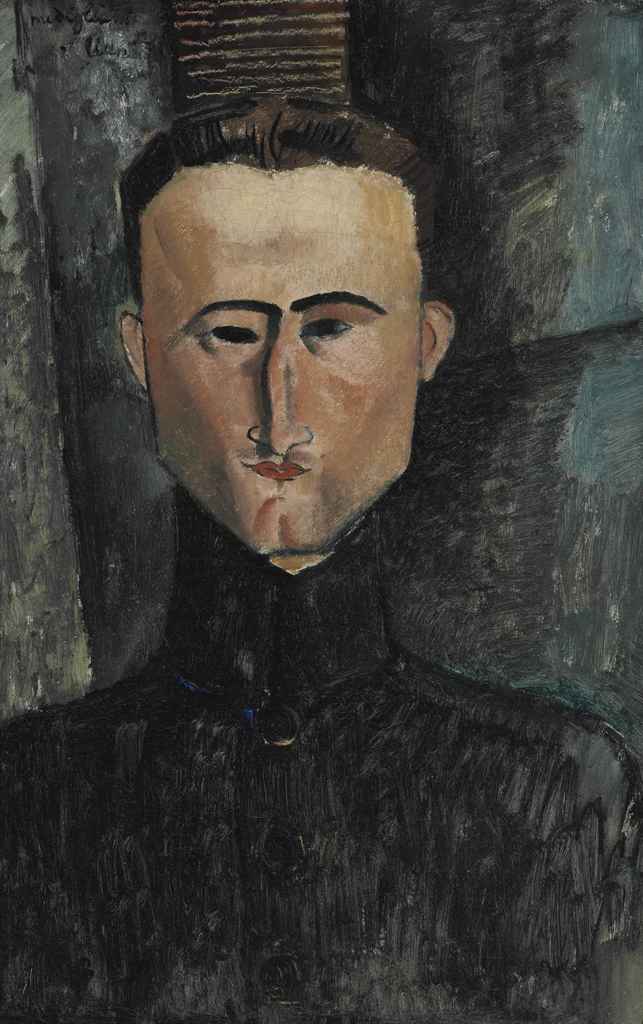
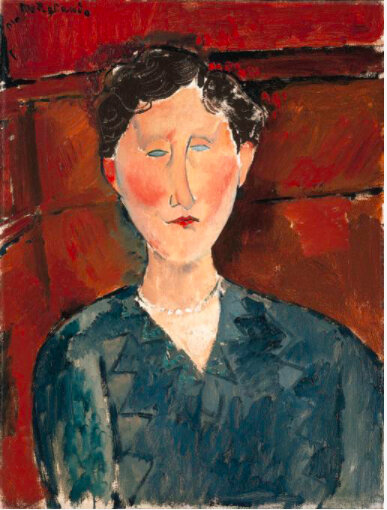


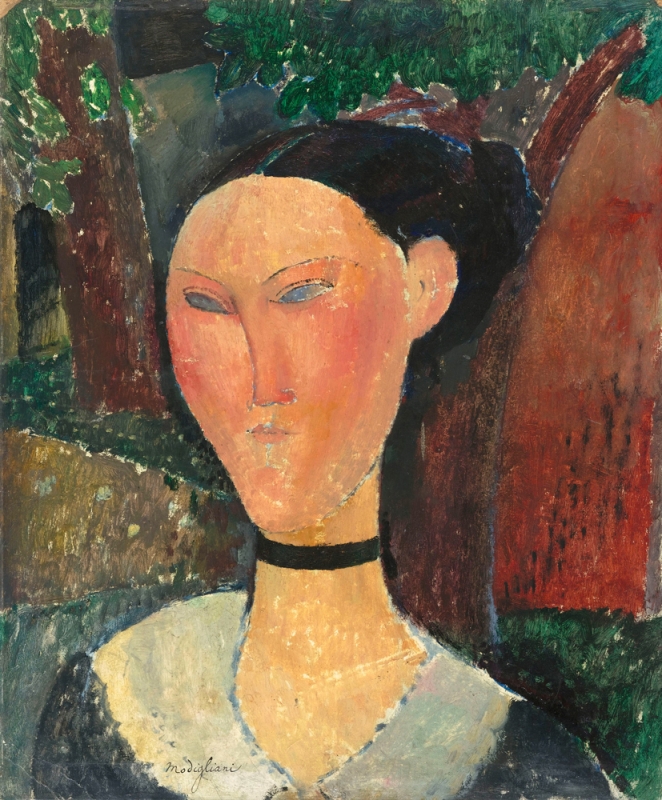



![[Bird's eye view looking south from Fifth Avenue at 58th Street at the 26-story Heckscher Building (c. October 1921), southwest corner of Fifth Avenue at 57th Street, with Vanderbilt Mansion (since replaced by Bergdorf Goodman) in foreground]. 1921.…](https://images.squarespace-cdn.com/content/v1/57d5b817ebbd1a582b533034/1483369873376-HQJ0LJ0B9HLHQ1RM80WP/Heckscher+Building+jpeg.jpg)




